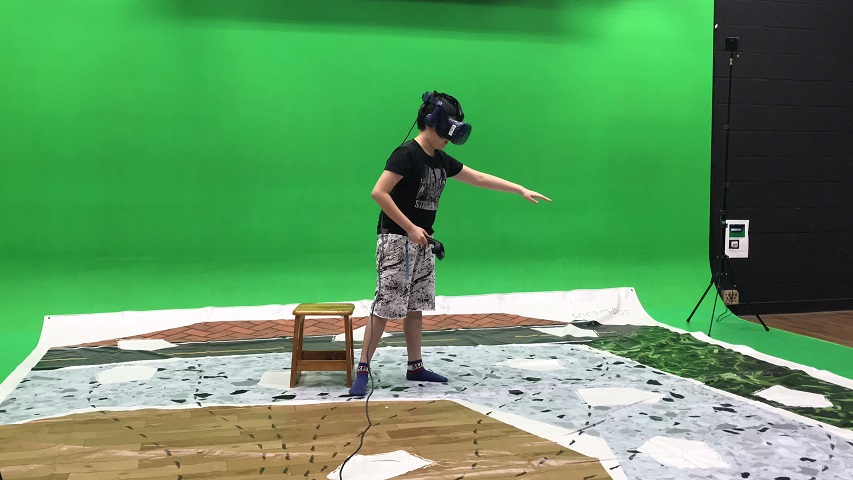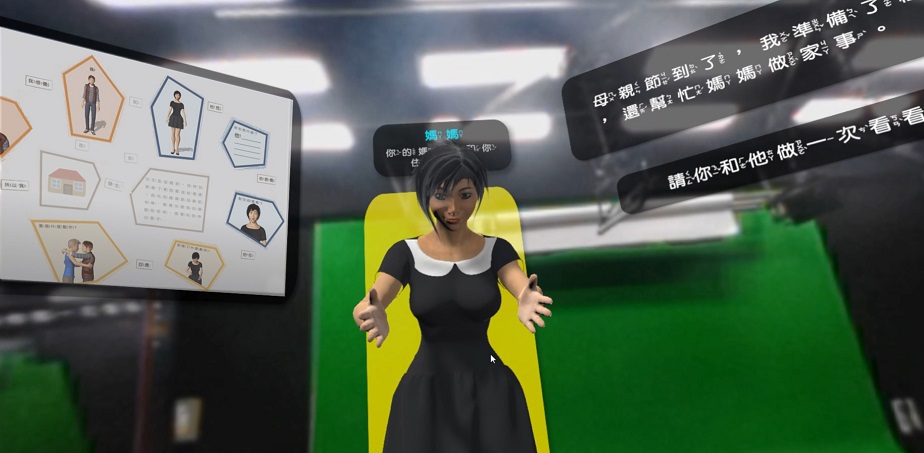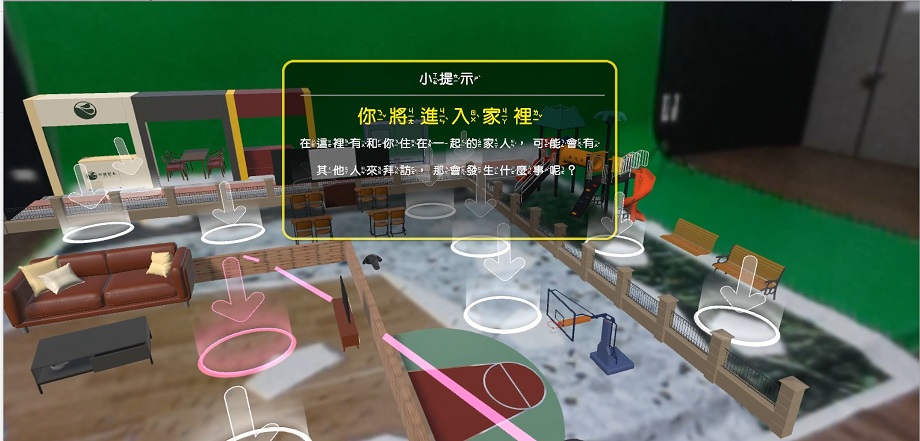| Technical Name | A Study on the Development of a Mixed Reality System Applied to the Practice of Socially Interactive Behaviors of Children with Autism Spectrum Disorder | ||
|---|---|---|---|
| Project Operator | National Taipei University of Technology | ||
| Project Host | 李易叡 | ||
| Summary | Therapists or special education teachers usually conduct role-playing strategies to train children with ASD to practice their social reciprocity behavior, after which these children with ASD can practice socializing with others. In reality, however, such a method is generally limited to a single classroom environment and specific situations. For unimaginative children with ASD, such intervention situations and teaching methods are typically limited with low effectiveness. In response, this study adopted mixed-reality (MR) technology to establish a semi-immersive social-interactive situated teaching platform for training emotional representations and non-verbal social cues. The system allows children with ASD to socialize with 3D virtual characters who have different relationships in different virtual situations, enabling them to practice performing the appropriate social reciprocal acts. |
||
| Scientific Breakthrough | Mixed Reality can use real objects to perform social reciprocal interactions, users can feel as if situated in the new environment created by the combination of MR and real environment. The generated feelings facilitate their understanding of situations, and slowly increase their social mastering of and emotional attachment to interactive characters. Therefore, MR might be a powerful technology to help children with ASD since it allows fun and direct interactions between children with ASD and virtual characters. Additionally, it also allows children with ASD to be able to participate in role playing and interact with virtual characters from a first-person perspective, as if they were socializing with real people. |
||
| Industrial Applicability | The Mixed Reality system permits quick and easy changes of scenes and characters, and such a training environment can satisfy various contextual needs of therapists in social training. Simultaneously, children with ASD can see the actual therapist in the MR, which allows the therapist to assist the children in training for social skills. This enhances the sense of safety of children with ASD, and also allows therapists to provide assistance and instruction any time. In addition, the easy implementation of the system can make it easy for special education experts, therapist, and individual parents to conduct such training for children with ASD to simply and intuitively perform physical and emotional representations, recognitions of non-verbal clues and other social skills. |
||
| Keyword | Mixed reality Virtual reality Augmented reality Teaching aids Technology Education Medical rehabilitation Special education Semi-immersive system Autism Spectrum Disorder Social interaction system | ||
- iammimosa@gmail.com
other people also saw







